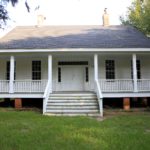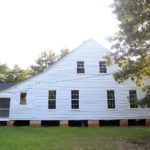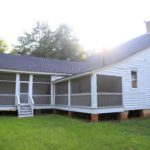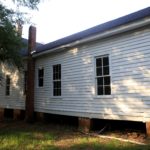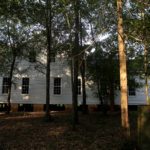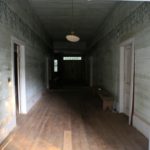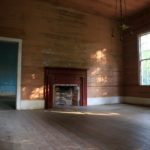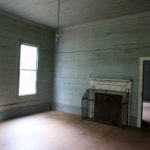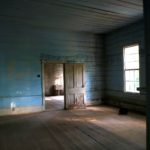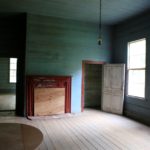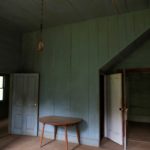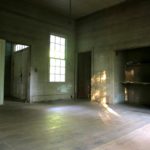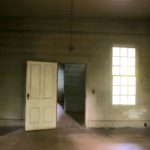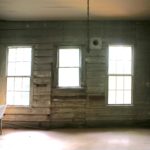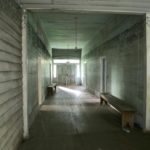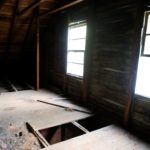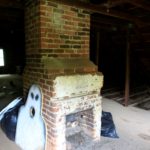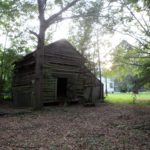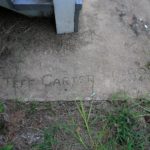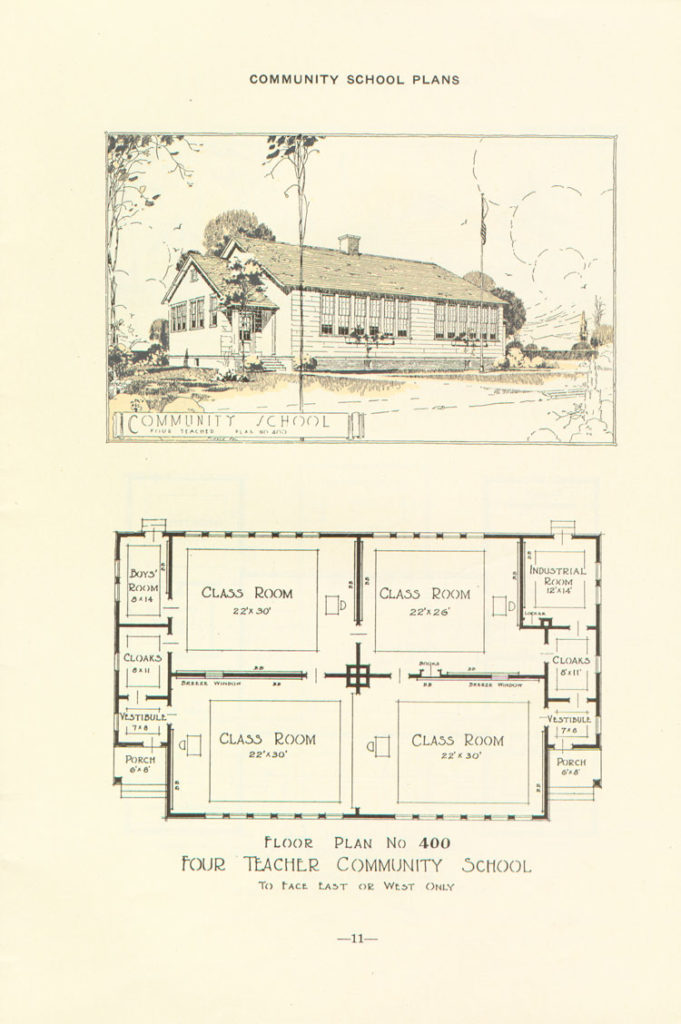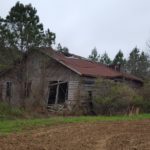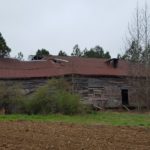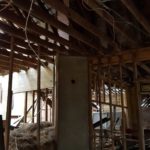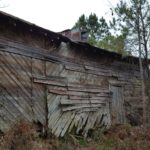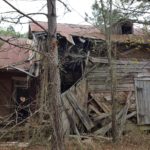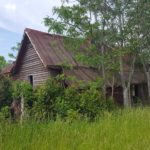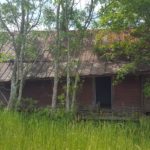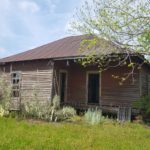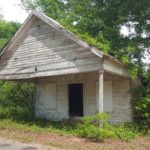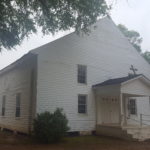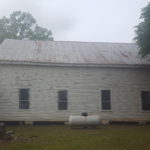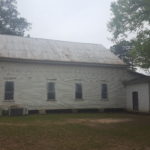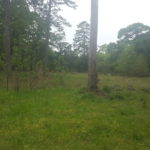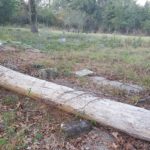These Places Matter

The more I reflect on local history, the more important I think it is to push back agains the negative stereotypes that often accompany the practice of studying the places that one lives.
Whether it is teaching a history class, coordinating National History Day, or discussing local history over pizza and beer, I care about the connections between local history—mine, or yours, or both—and larger themes in our shared past.
Making these connections and finding significance takes time. It requires listening to local historians, to non-historians, and to students. Oral tradition and hearsay are fair game; in fact, rumor is often a crucial first step to learning something new.
Below are a few of the important places and stories I came across living to southwest Georgia. In two cases, these “local finds” ahve guided book-length projects.
The Matthew Rylander "Haunted" House

When I arrived in Plains, Georgia, several people told me that I had to visit the “haunted house” between the town and the Jimmy Carter Boyhood farm. I began documenting the house with an eye toward a future national register nomination.
The house’s “haunted” tradition is part of its historical significance and it loomed large in President Carter’s memory of his childhood. In An Hour Before Daylight (2001), President Carter recalled that the house was a threatening barrier on the road from school in Plains to his home in Archery. Avoiding the place required walking along the railroad which ran several hundred yards behind the house. The place remained important in his adulthood. Between 1956, when the Carters moved out of public housing, and 1961, when they moved into their present home on Woodland Drive, the family rented the place. Rosalynn Carter recalled that her children discovered mysterious, vacant spaces between closet ceilings and the attic floor. In one of these spaces, accessible only through the attic, the children found a chair. From these traditions, a great number of ghost stories emerged ranging from the abuse of the disabled to the “Underground Railroad.” I wrote about this for the Americus Times-Recorder.
From my perspective, the early history of the house is haunting enough. Built in the 1850s, probably by enslaved men owned by Matthew Rylander, the house is an artifact of the cotton boom in southwest Georgia. Both of Matthew Rylander’s sons fought for the Confederacy and both died on Virginia battlefields in 1864. One of the sons had been a notorious (but largely forgotten) prison commander in Macon. As one of the few surviving plantation homes in the area, the Rylander house has great potential as an artifact of the rapid changes preceding the Civil War, the story of plantation slavery, and the uncertainty of freedom during Reconstruction.
The “haunted” house is also one of the last family places that culinary artist Emma Rylander Lane would recognize from her extended family’s dwellings in southwest Georgia. Over time, the idea of a national register nomination shifted into a republication of her 1898 cookbook.
Status: Vacant but stabilized. The house is owned by the Plains Better Hometown Program. It is hoped that–someday soon–it will be incorporated into the Jimmy Carter National Historic Site.
Shady Grove Rosenwald School
I had to stop my car the first time I noticed a large, deteriorating school building on New Era Road north of Americus, Georgia. I suspected the might be a “Rosenwald” school. Founded by a northern philanthropist, the Julius Rosenwald Fund was one of the most significant developments in education in the U.S. South during the first half of the twentieth century. In an era of segregation and wide disparity between black and white schools, the fund helped built more than 5,000 schools across the U.S. South. There were half a dozen Rosenwald schools in Sumter County. This is the only one that remains. I sat on this idea until spring 2017 when a fellow public historian came into town and had the same suspicion. Sure enough, “Shady Grove” was an previously undocumented Rosenwald School.
While it may still be eligible for the National Register of Historic Places (it may have lost its historic integrity), listing will not protect it from further decay. The best thing to do is to document the building while there is still time. There is also an opportunity to document connections between this building and a cluster of four or five tenant houses less than a mile down New Era Road. All of these buildings will be lost to time and neglect; perhaps the only thing that can be done is to document their decline.
In 2020, I wrote an article on this school for the Americus Times-Recorder.
Status: endangered by decades of neglect; probably beyond rehabilitation.
Rosa Lee Ingram
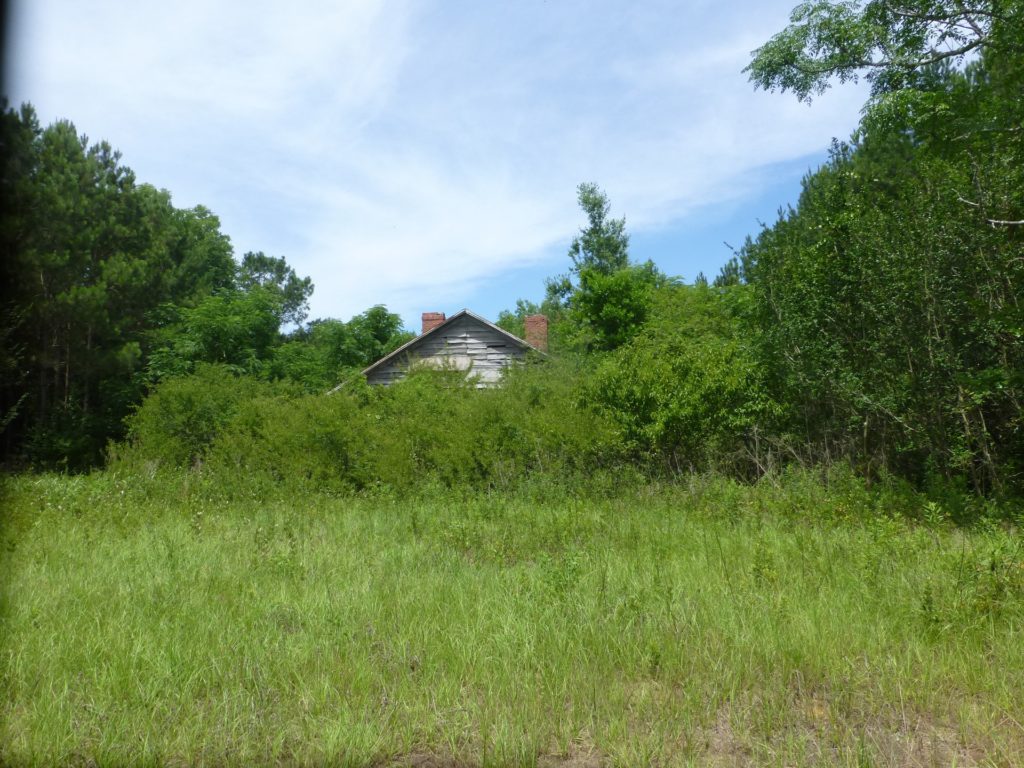
On November 4, 1947, police arrested Rosa Lee Ingram, an African American sharecropper, along with three of her twelve sons: Wallace (16 years old); Sammie Lee (14 years old); and Charles (17 years old). Officials charged all four with the murder of John Ethron Statford, a white sharecropper and neighbor of the Ingram family. In summer 2019, I located the “spot” where the encounter took place along the Schley/Sumter County line.
Early accounts indicate that Stratford confronted the mother with a rifle. At issue was whether the Ingram’s hogs and mules had wandered into Stratford’s corn field. The sons came to their mother’s defense with farm implements and Stratford died in the ensuing confrontation. Later accounts by Rosa Lee Ingram suggest a history of sexual assault by Stratford.
The capital murder case lasted only one day, and the aftermath was quite long and reminiscent of the “Scottsboro Boys” case. Three defendants—Rosa Lee, Wallace, and Sammie Lee Ingram—were sentenced to death. The NAACP and the Civil Rights Congress aided in the appeals process, and in 1948, Georgia courts communed the death sentences to life imprisonment. After a decade of further protest, the State of Georgia released the mother and her sons in 1959. A house built by NAACP for the Ingram children while the mother was in jail, while critically endangered, is still standing.
Rosa Lee Ingram and several of her children are buried at New Corinth Missionary Baptist Church, located about ten miles south of downtown Americus. John Stratford is buried at Ebenezer Church just west of Ellaville, Georgia.
I am slowly writing a book about the Rosa Lee Ingram case from the “local” up.
New Corinth Missionary Baptist Church: not immediately threatened; the graveyard and associated church are listed in the National Register of Historic Places.
Site of Confrontation: no historic fabric.
Ingram House (post-1959): critically endangered.
The Chehaw Massacre
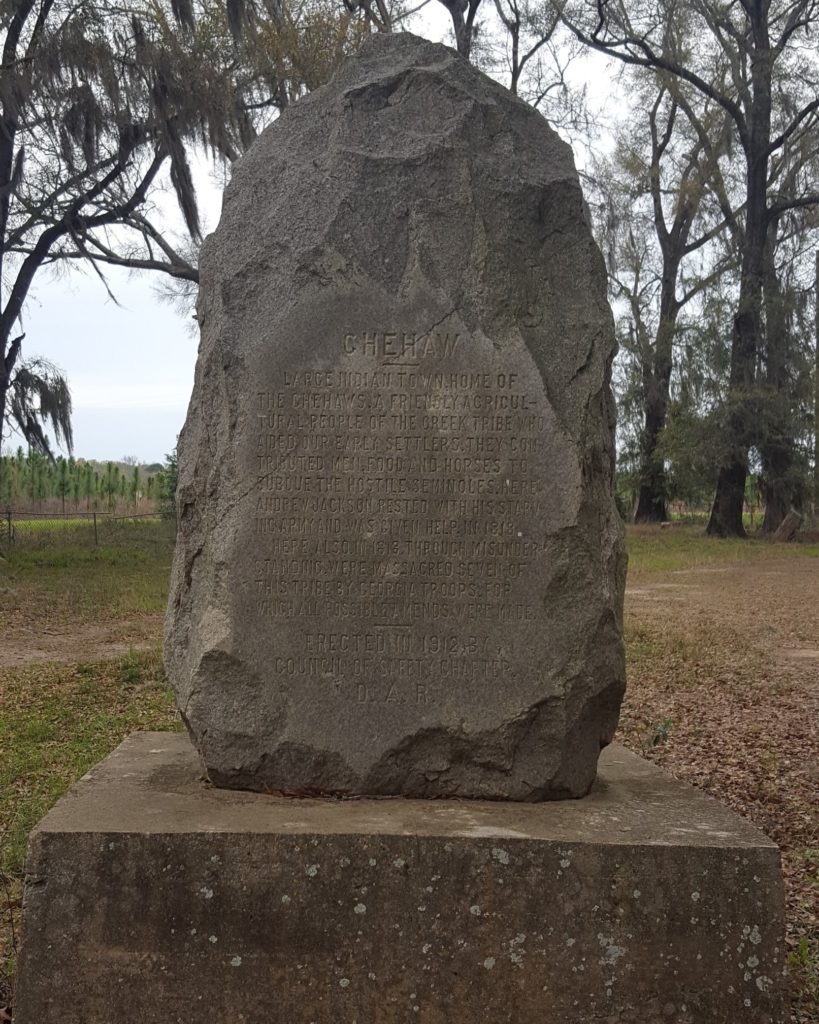
During a lecture on the aftermath of the War of 1812, a student raised her hand and asked, “Why is there a monument to Andrew Jackson and a massacre in Lee County?” I replied that I knew of no such monument and asked if she could give me directions to it. Sure enough, I came across this strange monument in rural Lee County that reads:
Chehaw
Large Indian town. Home of the Chehaws. A friendly agricultural people of the Creek tribe who aided our early settlers. They contributed food and horses to subdue the hostile Seminoles. Here Andrew Jackson rested with his starving army and was given help in 1818.
Here also, in 1818, through misunderstanding, were massacred seven of this tribe by Georgia troops, for which all possible amends were made.
After my chance encounter with this monument, I began–with student input–researching the massacre, the ensuing bitter controversy between Gen. Andrew Jackson and Gov. William Rabun, and the decisions to commemorate both the massacre and Jackson’s brief march through Georgia in the twentieth century. It led to an article in the winter 2020 issue of Georgia Backroads Magazine.
Status: on private property but currently accessible.
Jackson's March & Georgia's Jacksonian Memory
Jackson’s March
Memorialization of Jackson’s March in Georgia
